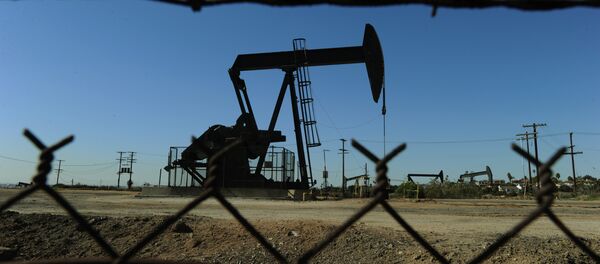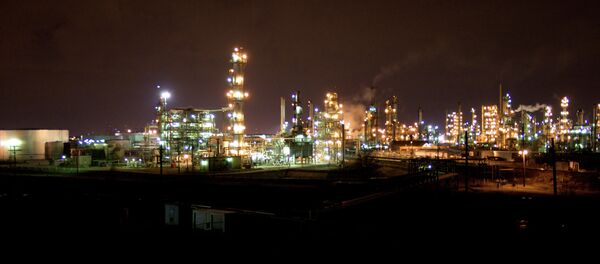“Lower prices have allowed consumers to spend and save more, have pushed up business profit margins (outside the energy sector), and have generally improved every economy on the planet.”
The acceptable oil prices rang for the US economy is $40–$60, the analyst says, anything higher will have a detrimental effect on the economy.
“Right now, world oil production appears to exceed demand, but not by that much, perhaps in the 1- to 2-percent range, per the International Energy Agency,” the author says.
That excess, he explains, includes Saudi Arabia “pumping as fast as it can, other suppliers doing the same, and US production declining but still strong.”
What if OPEC actually freezes oil production, “Iraqi production drops for any one of a variety of reasons” or Daesh “manages to get some traction in Saudi Arabia itself,” the author wonders.
Then the supply and demand balance will undergo a change.
“Given current demand growth, even if supply remains constant, we should see that cushion erode in a reasonably smooth fashion over the next year or so,” he suggests.
If supply has time to respond, prices shouldn’t reach economically damaging levels but instead continue supporting economic growth while allowing the energy industry to function, he explains.
But if supply can’t adjust, though, the prices will then “spike by more than the market now thinks possible,” he states.




